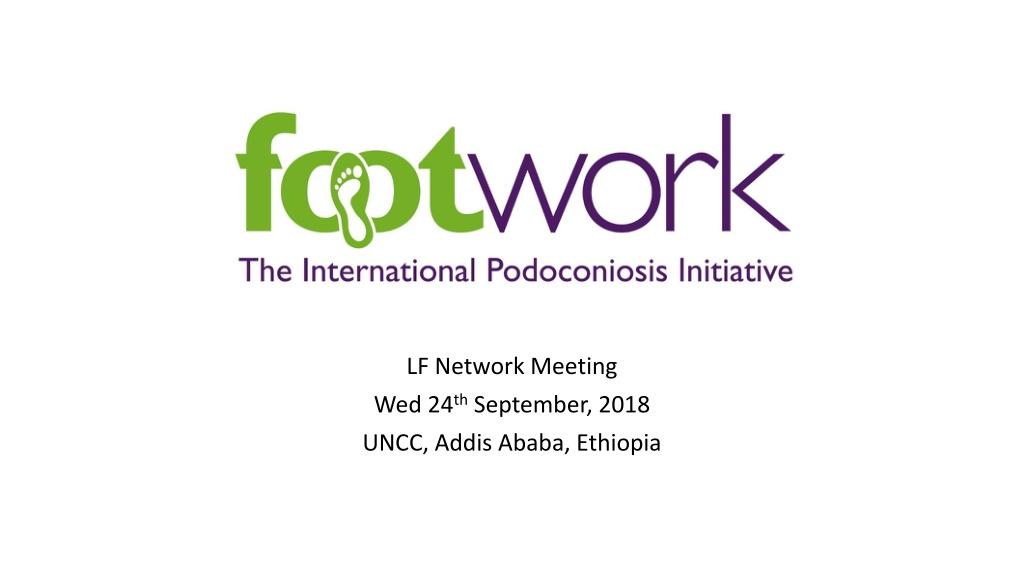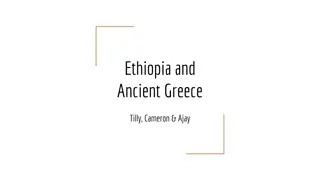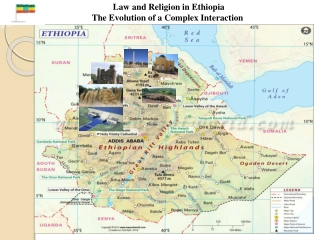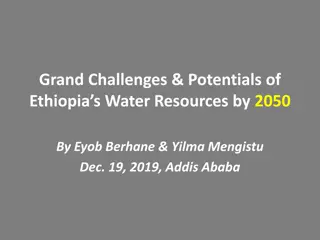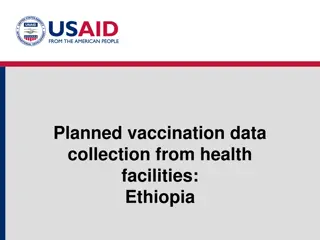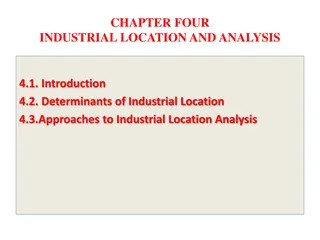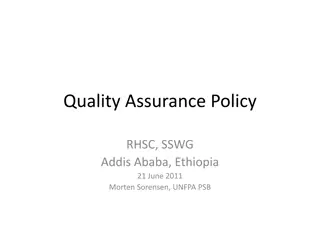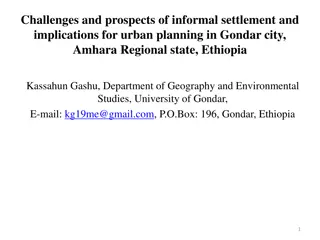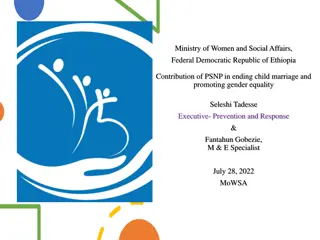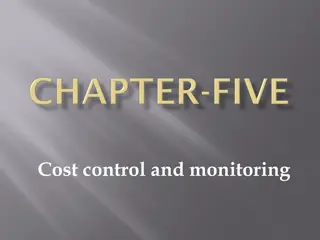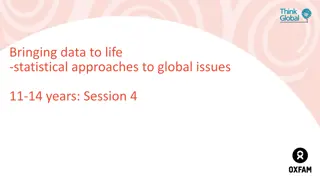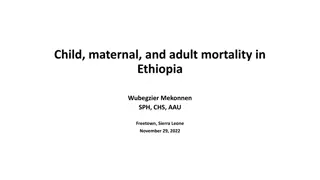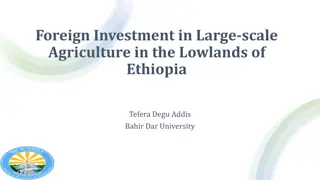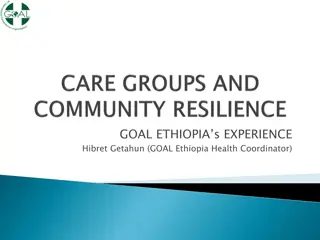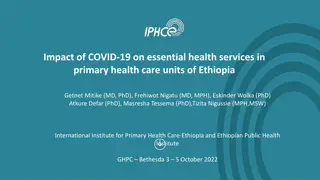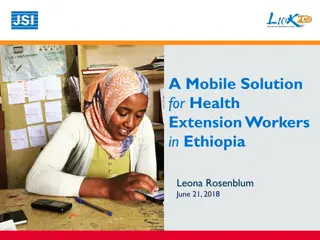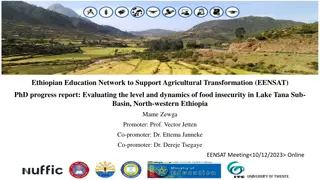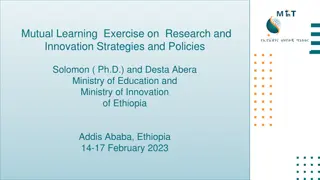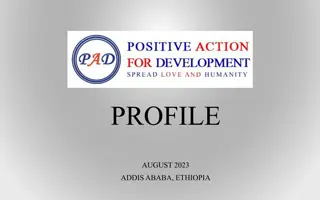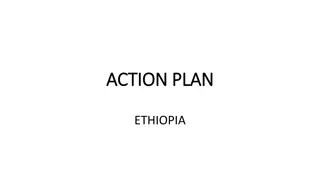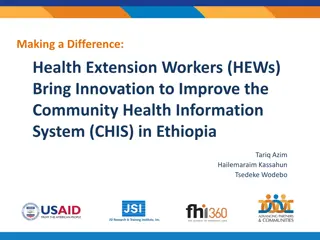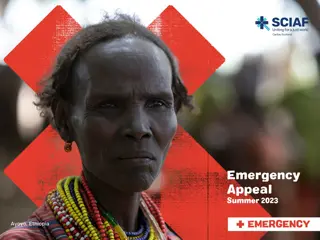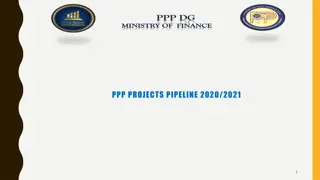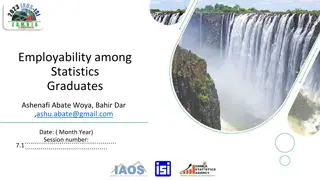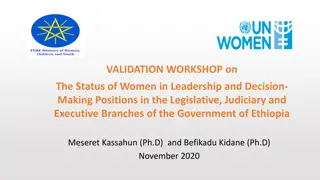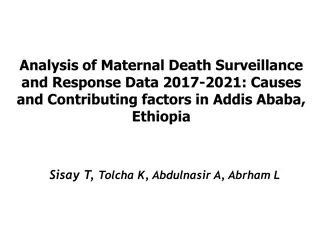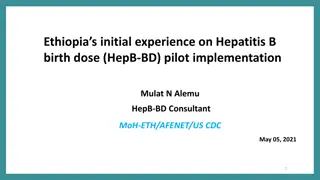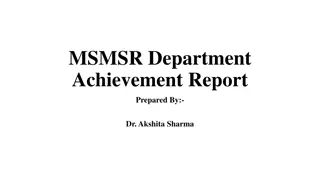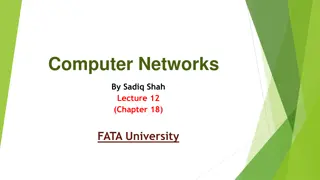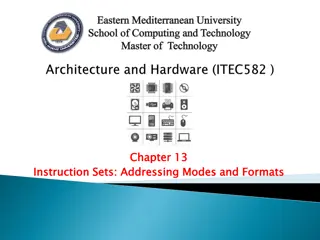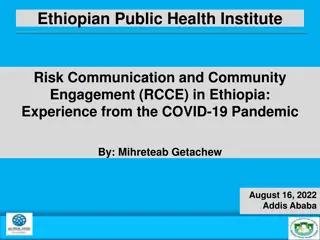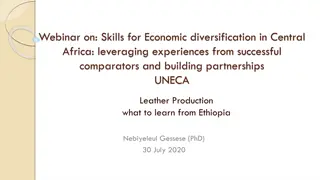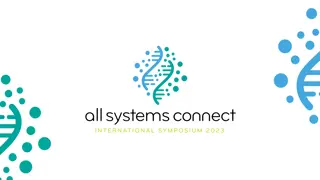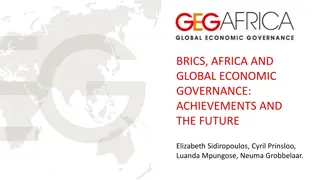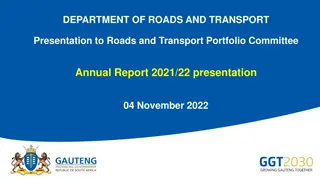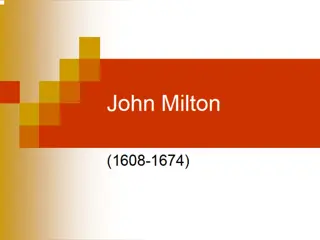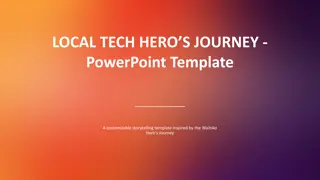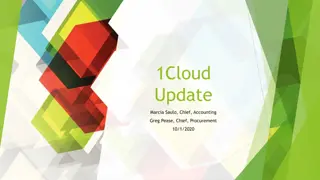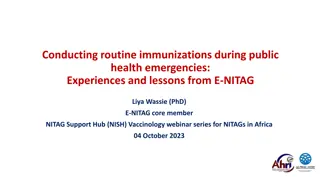Addressing Podoconiosis: Challenges and Achievements in Ethiopia
Footwork initiative aims to eliminate podoconiosis by integrating prevention and treatment efforts, partnering with public and private sectors. Podoconiosis is characterized by lower limb lymphedema and affects areas with red clay soil exposure. Activities include health professional training and advocacy workshops in countries like Ethiopia and Rwanda. Achievements include securing funding, mapping affected areas, and launching research programs. Challenges include gaps in podoconiosis management within existing lymphatic filariasis programs, highlighting the need for proper prevention strategies and addressing cases in countries like Rwanda without LF programs.
Download Presentation

Please find below an Image/Link to download the presentation.
The content on the website is provided AS IS for your information and personal use only. It may not be sold, licensed, or shared on other websites without obtaining consent from the author. Download presentation by click this link. If you encounter any issues during the download, it is possible that the publisher has removed the file from their server.
E N D
Presentation Transcript
LF Network Meeting Wed 24thSeptember, 2018 UNCC, Addis Ababa, Ethiopia
Footwork - brings together public and private partners to support prevention and treatment of podoconiosis encourages integration of podoconiosis control into efforts to eliminate other Neglected Tropical Diseases works with those active in other related diseases of the foot is a project of the US-based Social Good Fund, a 501(c)(3) Our shared goal is to eliminate podoconiosis within our lifetimes. https://podo.org/
Podoconiosis A non-infectious geochemical lymphoedema of the lower limb. Characterised by progressive bilateral but often asymmetric swelling of the lower legs. The second principal cause of tropical lymphedema. Found among people with long- term barefoot exposure to red clay soil of volcanic origin. Recognized as NTD by WHO in 2011.
Countries and activities Guatemala Ethiopia Cameroon Uganda Rwanda Health professional training; Advocacy workshops; Implementation. Burundi
2017-18 achievements Secured follow-on funding from Izumi for 2 years implementation (health professional training and patient care) in northern Ethiopia; Completed country-wide mapping in Rwanda (all 30 districts affected) and made preparations for mapping in Uganda and Burundi; Launched NIHR-funded programme of research
Potential Challenges Current situation with WHO is that management of podoconiosis is included in the morbidity management of lymphatic filariasis (LF) (Report of the 10th Meeting of the WHO STAG for Neglected Tropical Diseases, 2017) While this is welcome, and has led to joint LF-podo programmes, notably the LSTM-DfID funded programme in Ethiopia, it does leave gaps: Prevention regular use of shoes (not part of LF morbidity management) Geographic countries such as Rwanda, where LF programmes do not exist, but podoconiosis occurs in every district
